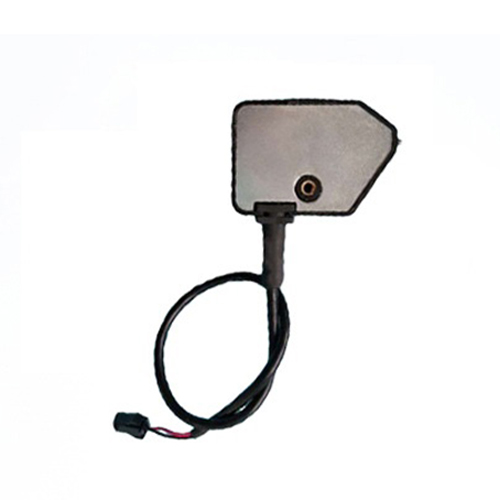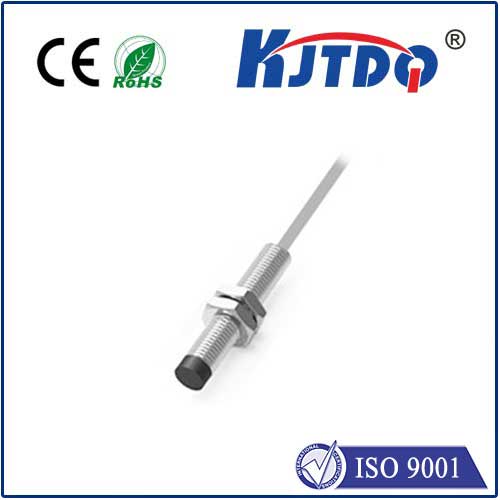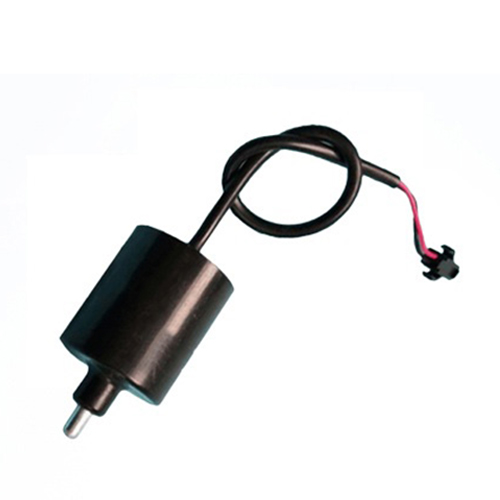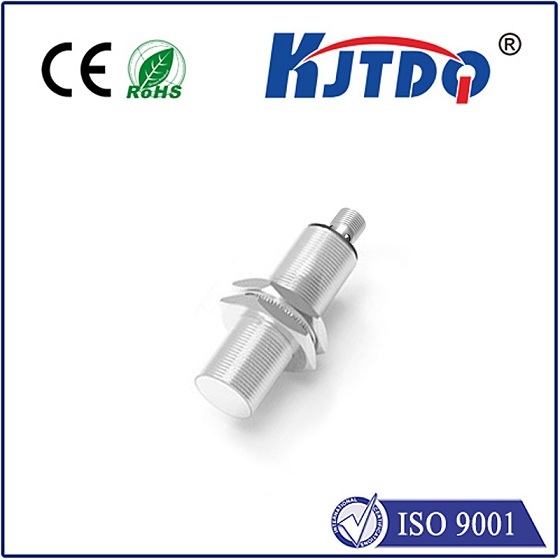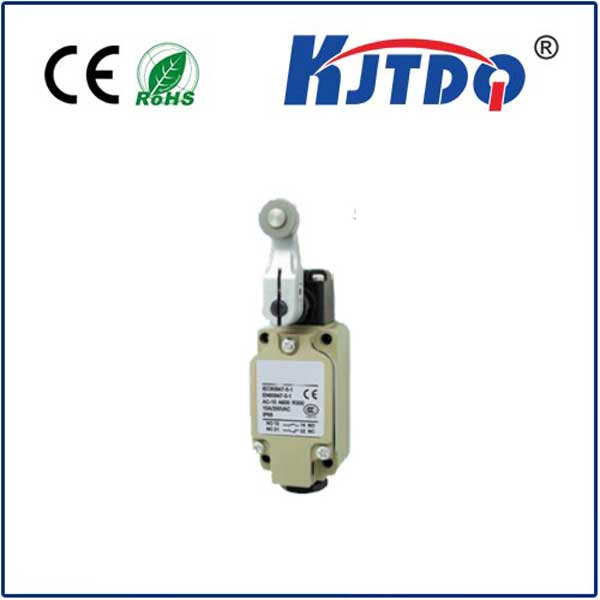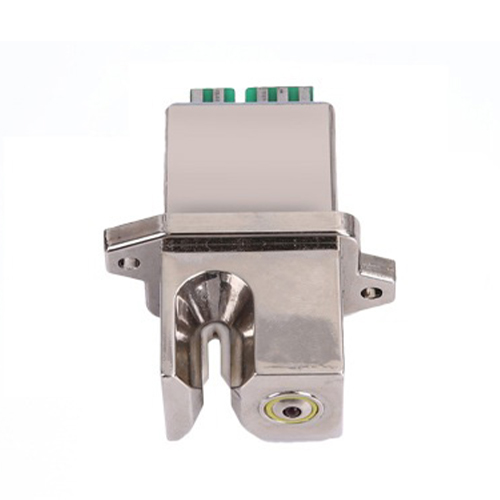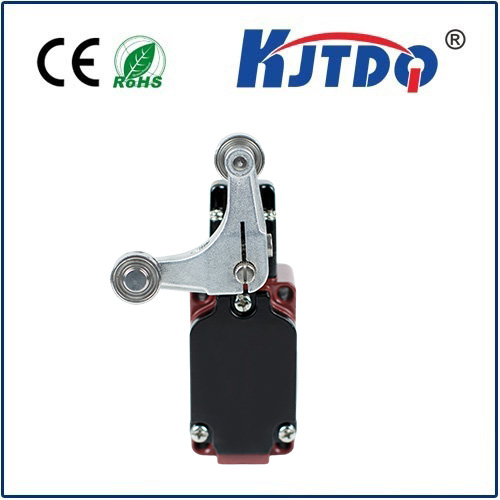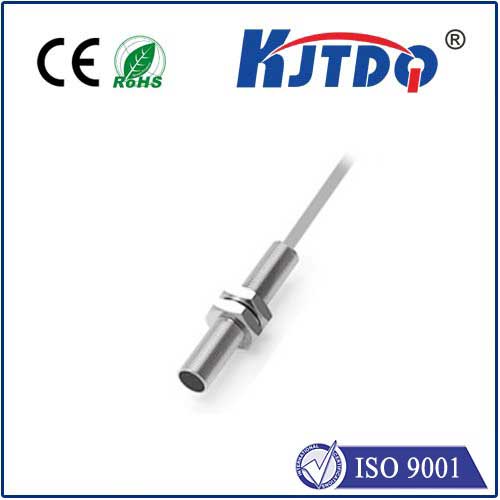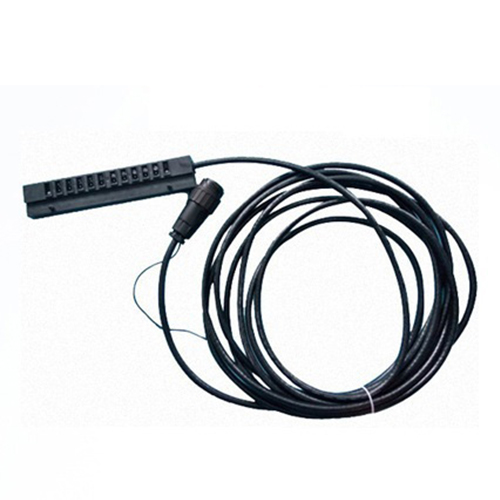

check

check

check

check

check

check

check

check

check

check
Title: The Versatile Photoelectric Sensor with Time Delay: A Revolutionary Innovation in Automated Sensing
Introduction:
As we continue to push the boundaries of technological advancements, the integration of automation into various industries has become paramount. One such innovation that stands out is the photoelectric sensor with time delay. This device combines the precision of photoelectric technology with the flexibility of delayed response, making it a game-changer in automated sensing applications.
Photoelectric Sensor Fundamentals:
At its core, a photoelectric sensor operates on the principle of converting light into an electrical signal. When a beam of light is interrupted, the sensor detects this change and triggers an output response. However, the introduction of a time delay feature adds an extra dimension to its functionality. This allows for a preset period before the final output occurs, enabling more complex and controlled reactions than traditional instantaneous sensors.

The Advantages of Time Delay:
The inclusion of a time delay can significantly enhance the utility of photoelectric sensors. By providing a lag between detection and action, it prevents false alarms from momentary obstructions, like dust or small insects crossing the beam. Furthermore, it offers opportunities for fine-tuning machine processes, where precise timing is essential for synchronization purposes. This feature also caters to safety protocols by ensuring enough time for personnel or objects to exit hazardous areas before potentially dangerous machinery is activated.
Applications Across Industries:
The adaptability of the photoelectric sensor with time delay makes it suitable for a wide range of industries. In manufacturing, it can control conveyor belts, ensuring goods are properly positioned before processing. For logistics, these sensors facilitate the accurate sorting and routing of packages in high-speed systems. Additionally, they play a critical role in security systems, managing access control points without compromising human safety.
Integration and Compatibility:
Designers and engineers appreciate the ease with which photoelectric sensors with time delay can be integrated into existing systems. Their compatibility extends across different software platforms and hardware configurations, simplifying upgrades or new installations. Moreover, the modular design enables quick replacements or adjustments to cater to changing requirements.
Future Implications:
As technology continues to evolve, so too does the potential for photoelectric sensors with time delay. They could pave the way for smarter automation in fields such as autonomous vehicles, advanced robotics, and even space exploration, where precision and timing are crucial factors. The development of AI algorithms may further refine their capabilities, leading to self-optimizing systems that can learn and adapt based on real-time data.
Conclusion:
In summary, the photoelectric sensor with time delay represents an innovative step forward in automation technology. It provides unparalleled flexibility while maintaining the reliability associated with photoelectric devices. Its diverse range of applications, coupled with its compatibility and ease of integration, ensures its place as a staple in modern automation solutions. As we move towards more intelligent and interconnected systems, the importance of such sensors will only grow, promising a future rich with possibilities.

